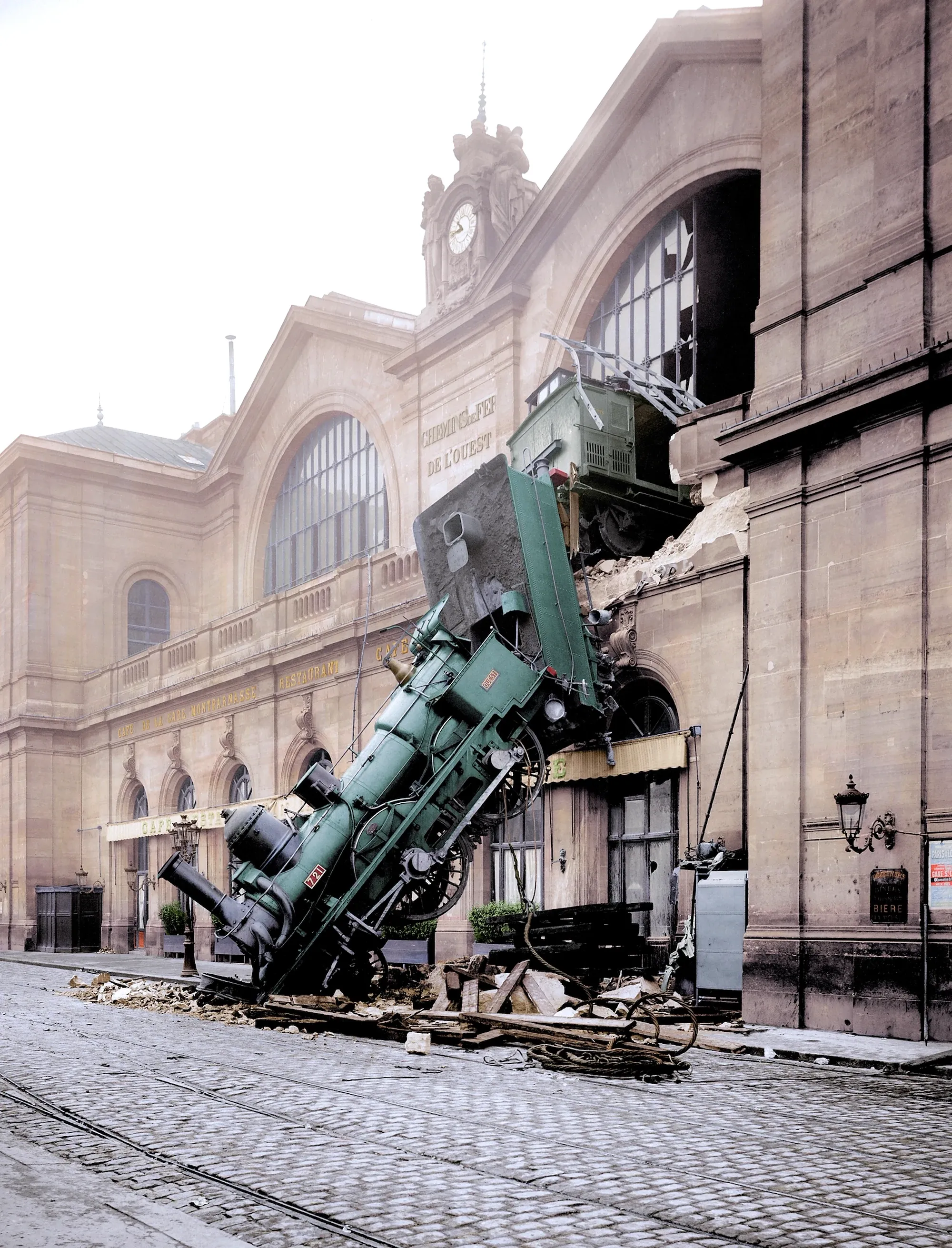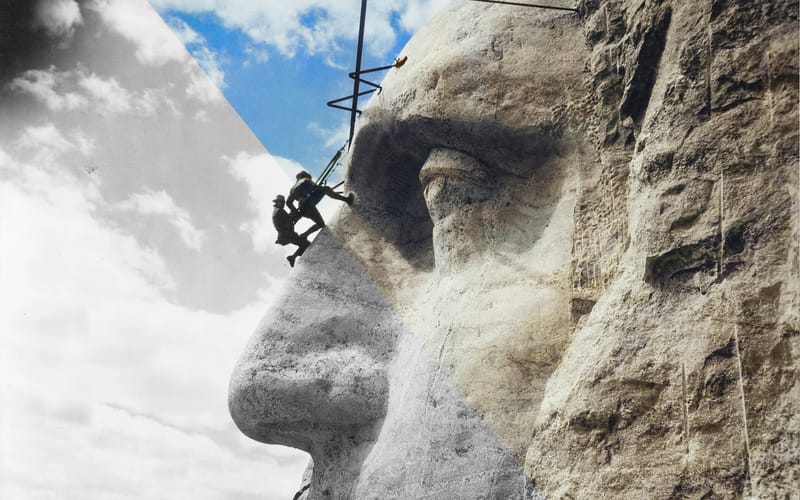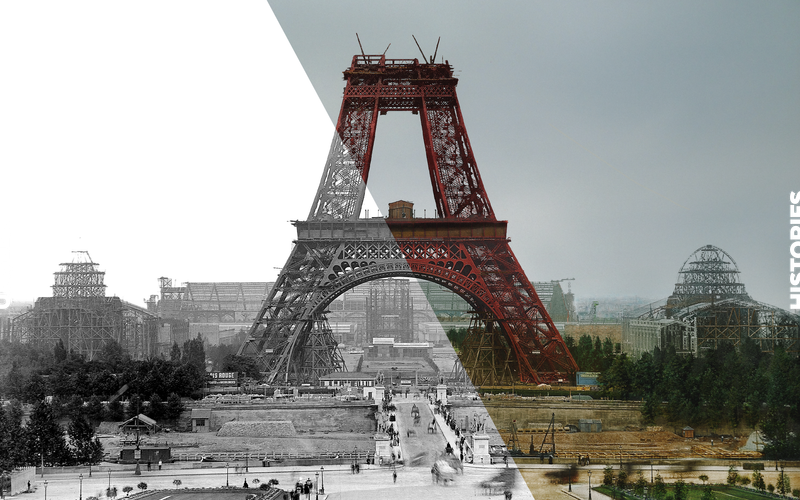A Remarkable Railway Crash in Paris, 1895
The day a locomotive ploughed through the wall of Montparnasse Station
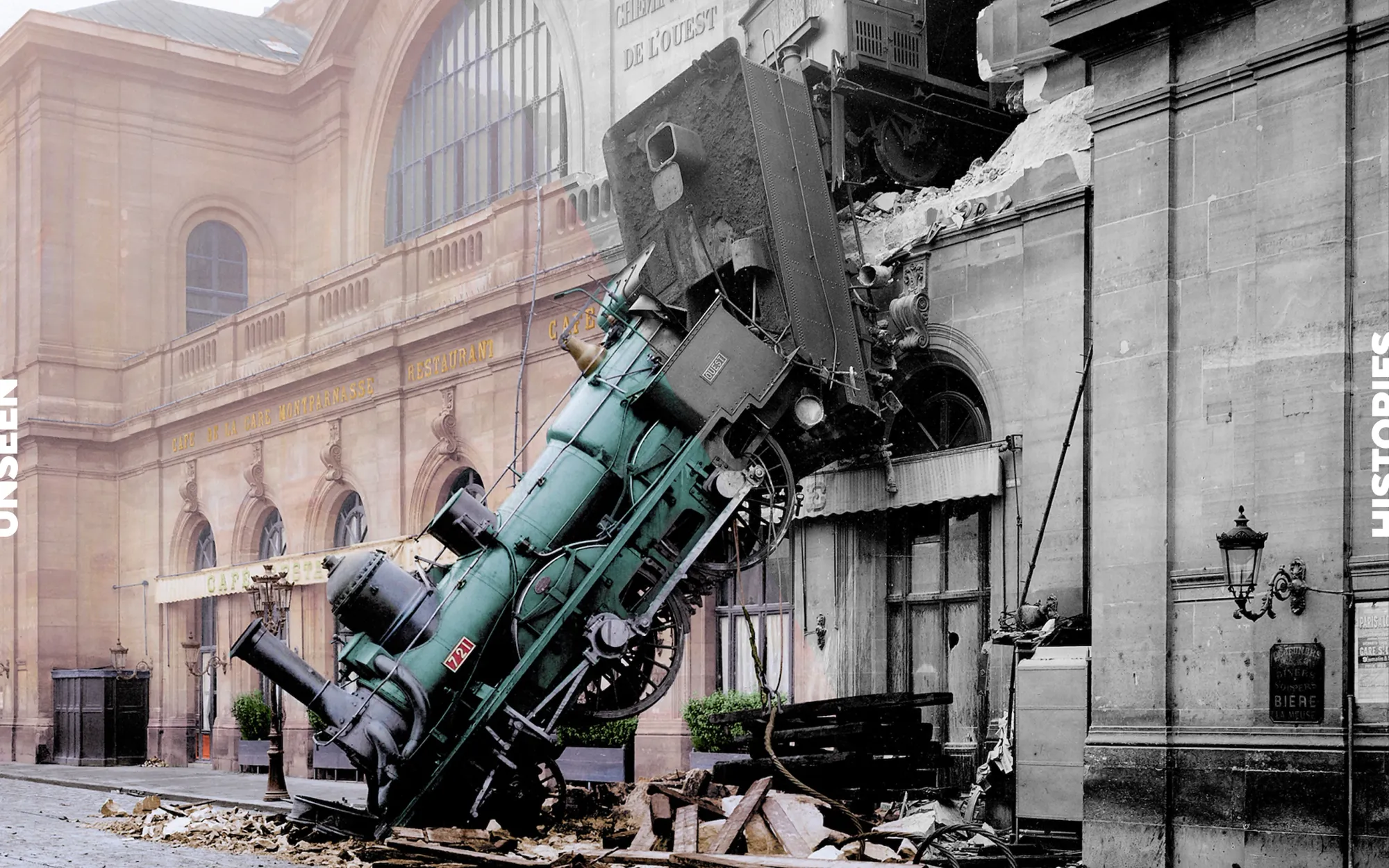
One of the most bizarre incidents in railway history occurred at Montparnasse Station in Paris on Tuesday 22 October 1895.
Train travel at the time was still a fast-developing technology and accidents frequently struck. The sight of a locomotive, though, having punched a jagged hole through a gallery window and decorative balustrade was one that had not been witnessed before.
'The approaches to the station', wrote one of the onlookers, 'were thronged with crowds, who went to the Place de Rennes, in order to feast their eyes on the effects of one of the most extraordinary accidents which has happened within the memory of man.'

At a quarter to nine. on the morning of 22 October 1895, the Paris train left Granville in Normandy. Driven by a man named Pellerin, the train consisted of a locomotive, two brake vans, a mail van and twelve passenger carriages, split between first and second class. Travelling at an average speed of around 25 miles per hour, the train was due to reach its destination in the capital shortly after four o'clock that afternoon.
The journey was uneventful. Pellerin kept to the regulation speed, noticing nothing unusual until he arrived in Druex, west of Paris. Later it was reported that at this station, and then again at the next stop of Versailles, Pellerin asked the station masters to provide him with a new engine 'as the brake upon his own was not under sufficient control'.
The cause of the worry, as Pellerin would later argue, was the Westinghouse air brake. Manufactured in Pennsylvania, these air brakes were pioneering and market leading technologies. The firm, however, was experiencing a testing few months. Back in August there had been a potentially catastrophic accident at Brechin in Scotland. The cause of this, many had been alarmed to hear, was that the brakes had failed to act.
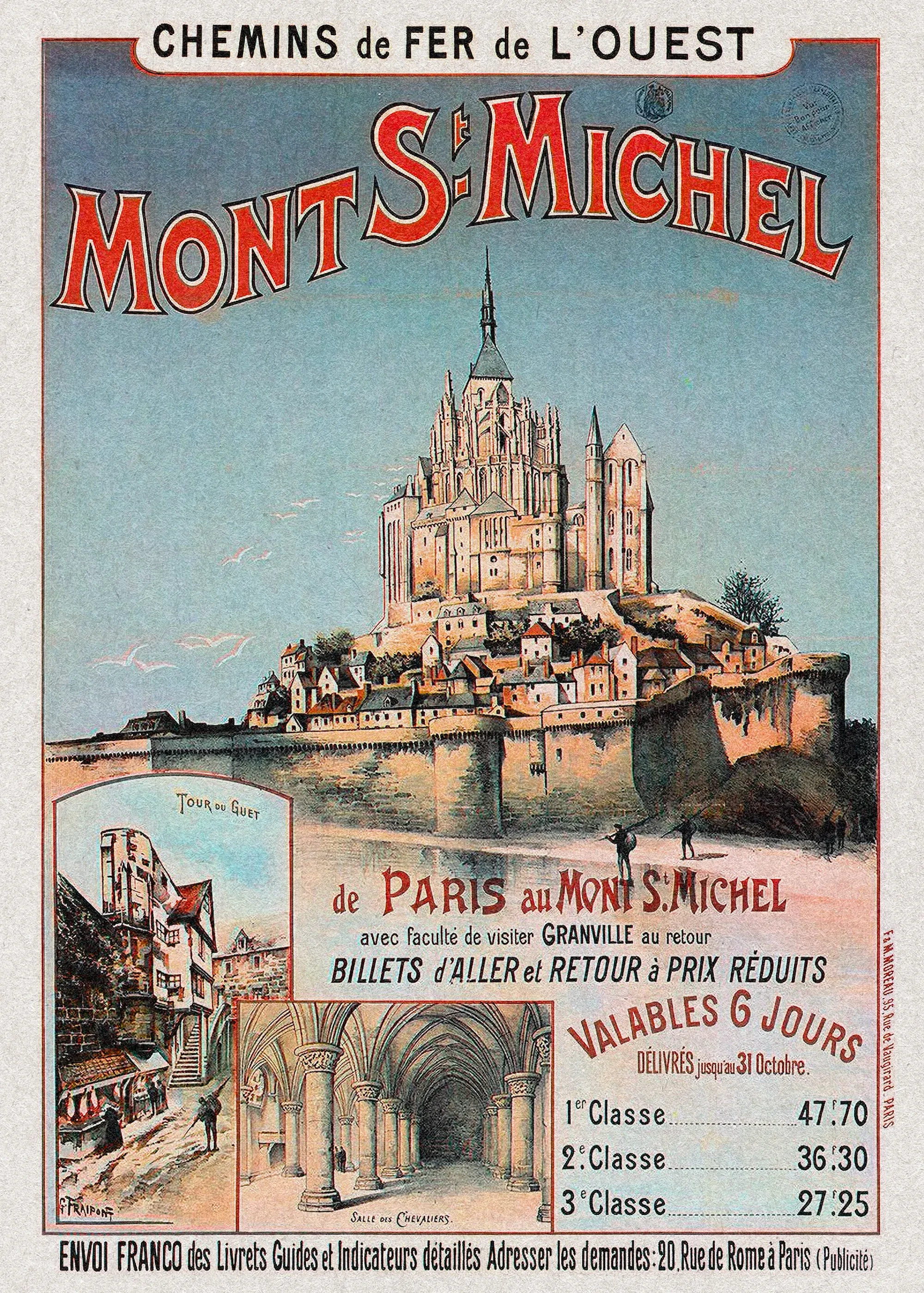
The circumstances of the crash were hair-raising. The Scottish train had careered through the station and its momentum had carried it beyond the buffers and out into the street. Twelve were injured as they were knocked off their seats and some had ended up spread-eagled on the floor.
'Had the engine not broken down,' speculated one journalist, 'it is probable that it would have dashed into the hotel a few feet from where it lies, and a very serious catastrophe would have been the result.'
It is unlikely that Pellerin, the driver, or Garnier, his stoker, were aware of this as they pulled out of Versailles-Chantiers, their penultimate stop in the usual puff of steam. It was now later afternoon and the day was drawing in. Ahead of them lay the suburbs of Paris and the bright lights of the inner city. Their destination was the Montparnasse Station, one of the termini of the Compagnie des chemins de fer de l'Ouest.
Soon Montparnasse was in sight. The arrival process usually began when the locomotive passed a signal station 600 yards outside the terminus. Here the drivers were instructed to apply the brake and reduce steam so they could glide safely to a stop alongside the platform.
This did not happen. Pellerin attempted to slacken speed with the air brake, but he later claimed that it did not respond. Panic gripped him. Instead of following the regulations and reducing steam, Pellerin—so he claimed—fretted with the unresponsive brake. Crucial seconds passed.
Only as the locomotive was entering the station did Pellerin finally 'reverse steam', but by then it was too late. The train was still travelling at close to its regulation speed. The total momentum of the long train of carriages made it a formidable and frightening force. To alert those on the platform and in its path, Pellerin made 'frantic signals' shouting out that the train was out of control.
As the line ended and a pair of buffers rose up before them, Pellerin and Garnier leapt from the cab to safety.
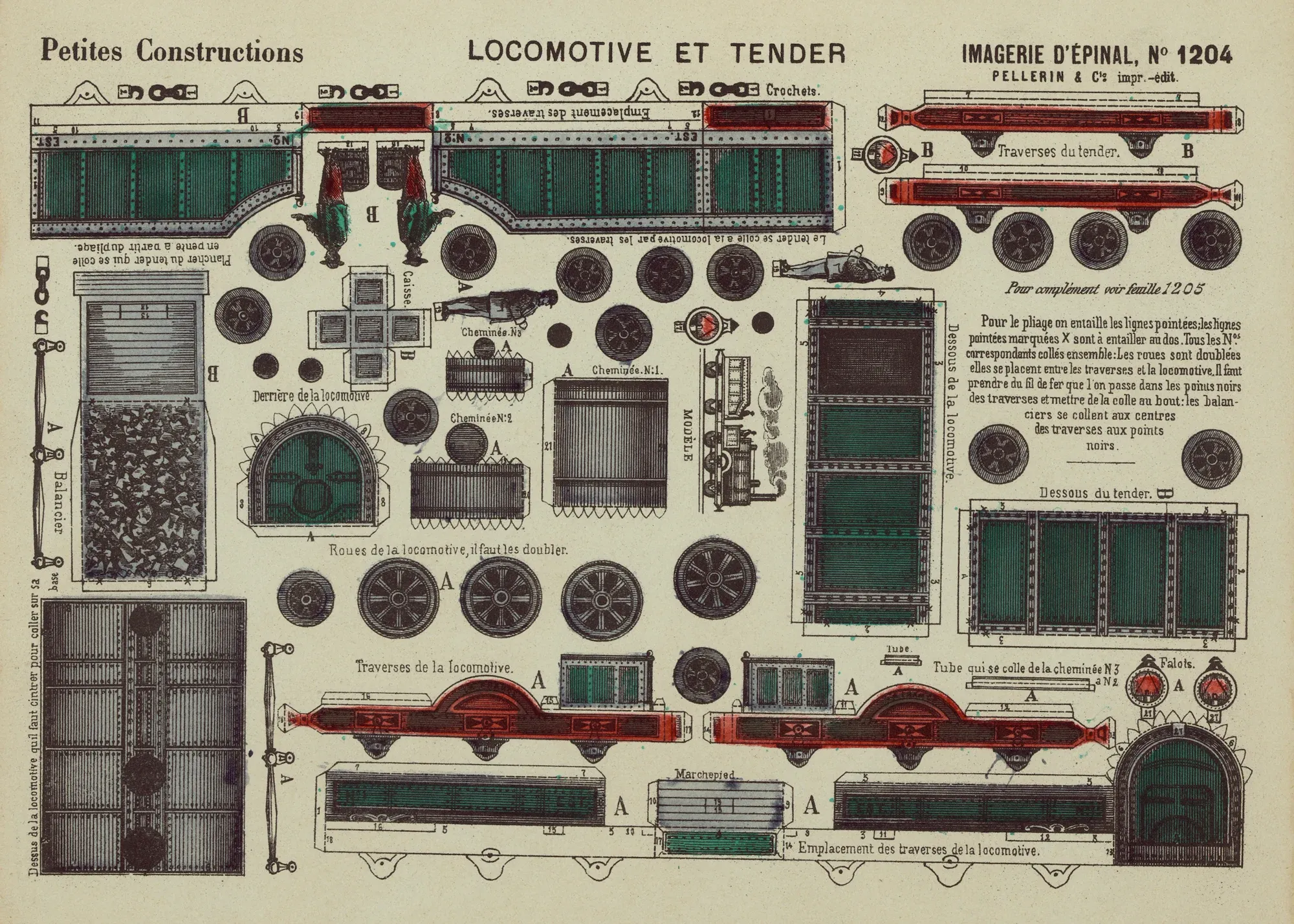
It was a little after four o'clock when the impact happened. Just how fast the locomotive was travelling was a matter of debate. Some said that it was steaming 'at an extraordinary rate of speed', others that it was moving 'comparatively slowly'.
In any case, the train narrowly avoided a tramcar before it raced past the arrival platform, ploughed through the buffers, smashed through an ornamental glass gallery and then punched through a decorative stone balustrade. 'The noise made by the engine striking the pavement', said one witness, 'and the crash of the falling glass and masonry was terrific.'
It was left, suspended as if over a parapet, hanging over the Place de Rennes from a height of about thirty feet. 'The two brake vans', it was pointed out 'falling on top of the engine ... formed a sort of lock and prevented the other carriages from following.'
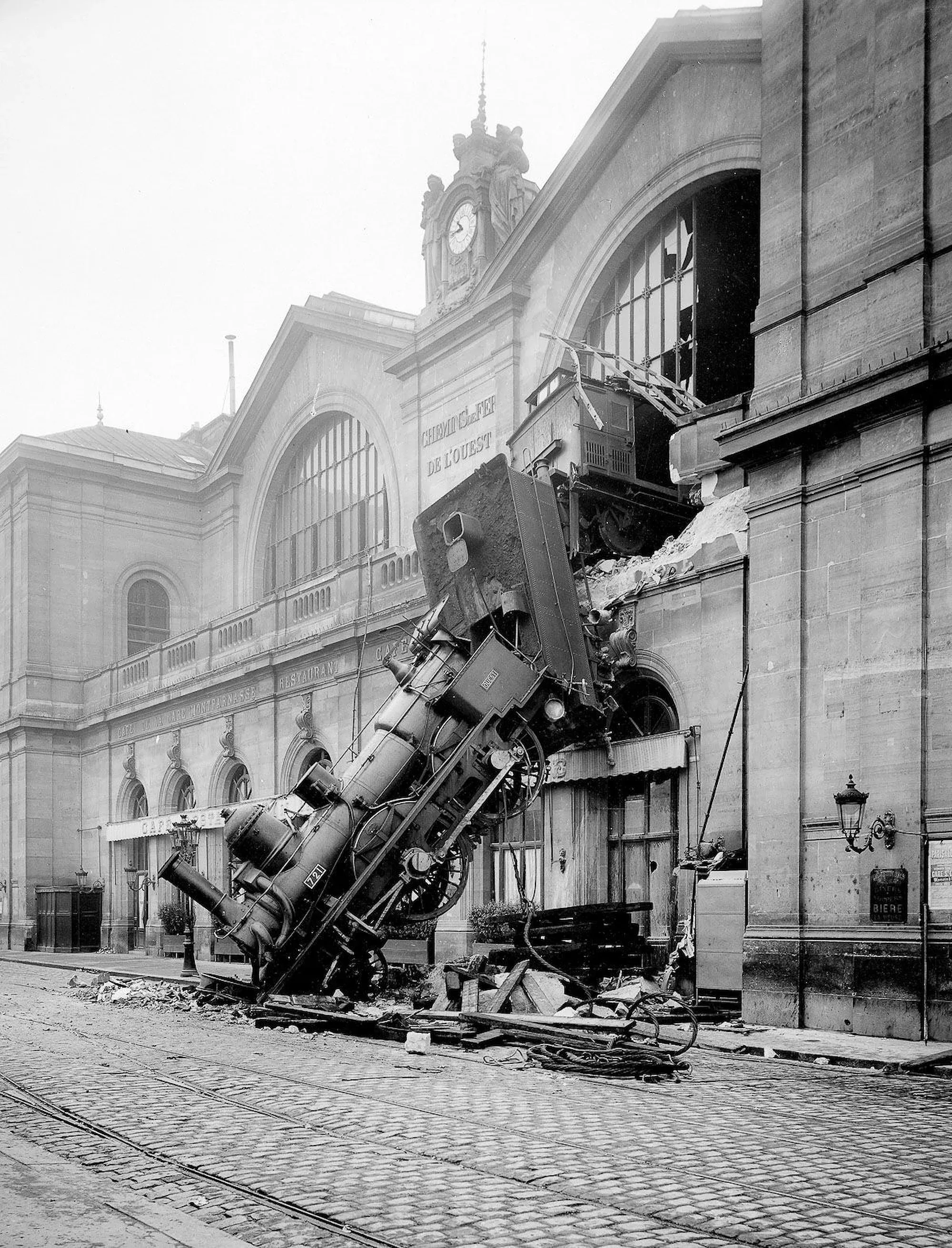
For those in the square below, it was an unanticipated, bewildering, shocking development. One moment there had been the usual bustle of an autumn afternoon in the city; the next a shower of glass and stones had sprayed out from the shattered building, some of them smashing into the sides of three passing omnibuses.
23 October 1895
The passengers were very severely shaken, and screaming with terror, leaped pell-mell from the various compartment, and ran in all directions away from the train.
The alarm was scarcely less on the Place de Rennes below. The noise made by the engine striking the pavement and the crash of the falling glass and masonry was terrific. Large blocks of stone were hurled right across the square as far as the Rue de Rennes.
The officials of the company were admirable in their devotion to duty, running from all sides to assist the terrified passengers, regardless of the risk they ran of being struck by falling debris.
About ten of the passengers were considered hurt, 'shaken and contused'. One of these was the Governor of the Credit Foncier, M. Christophile, who was rumoured to have been gravely injured. It turned out that he had suffered nothing more than a 'violent shock'.
A worse fate befell a thirty-seven-year-old lady called Madame Aiguillard, who was working in a newspaper kiosk on the Place de Rennes. Just as the train struck the wall, Aiguillard was standing with her husband in the square. 'An enormous block of stone' then flew from the scene of the impact and struck her on the head, 'breaking her neck, while her husband, who stood horrified by her body, was not even hurt.'
'Only one life was lost', one journalist summarised. 'But it is almost a miracle that there are no other victims'.
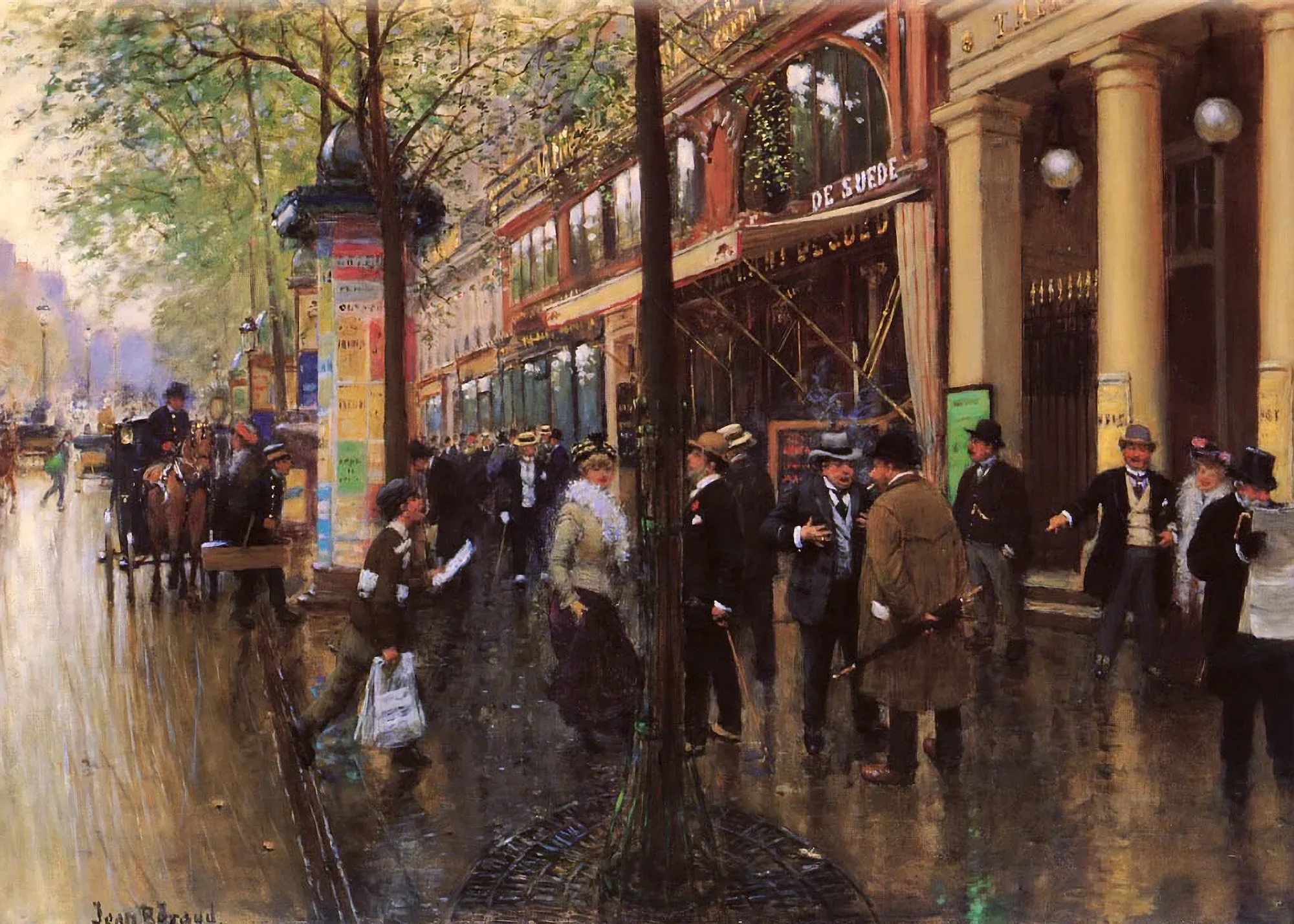
The news of the accident spread rapidly and soon a great crowd was jostling in the square, 'where the police had considerable difficulty in keeping a clear space for the firemen at work removing the debris'.
The appearance of the Place de Rennes last night was extraordinary. To the right of the station façade hung a black mass, vague and undefined in the darkness, while the square below was covered with the ruins of the balustrade, amid which the firemen’s torches, while the square below was covered with the ruins of the balustrade, amid which the fireman’s torches, passing to and from cast a lurid glare over the ruin.
Over the days that followed Pellerin and Garnier were arrested. It was not a clear case. An initial inquiry found that the Westinghouse brake was in perfect order and the indications were that Pellerin was to blame. Furthermore the driver and stoker's accounts were contradictory. As a result both were charged with 'manslaughter due to imprudence' and bound over to appear at the Correctional Tribunal in due course.
Clearing up the wreckage turned out to be just as difficult as working out what had happened. For several days the engine and tender remained suspended in ludicrous fashion over the road. It was the weekend before it was finally removed from its 'peculiar position' ■
29 October 1895
The locomotive was with great labour and care hoisted up on a big truck drawn by four horses, and removed to the Cail Ironworks at Grenelle, where it is to be repaired. The approaches to the station were thronged with crowds, who went to the Place de Rennes, in order to feast their eyes on the effects of one of the most extraordinary accidents which have happened within the memory of man.
